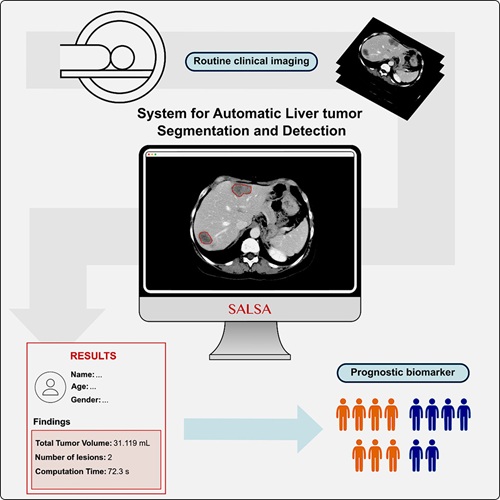RIS-Based Data Details Imaging at the London 2012 Olympics
|
By MedImaging International staff writers Posted on 29 Nov 2012 |
An infographic illustrates how radiology equipment was used to diagnose athletes’ injuries at the London 2012 Olympic Polyclinic.
Radiology plays a crucial role in sports medicine, as it facilitates the accurate diagnosis and treatment of injuries. GE Healthcare (Chalfont St. Giles, UK) has created an infographic based on data captured by its Centricity radiology information system (RIS) at the London 2012 Polyclinic medical facility. The data depict which imaging modalities were most widely used, and highlight the areas of the body most frequently scanned in order to help inform decisions for the Rio de Janeiro (Brazil) 2016 facility.
The Polyclinic was a state-of-the-art hospital built at the London Olympic site that was tailored for the medical needs of over 22,000 competing Olympic and Paralympic athletes and team officials. Similar to earlier Olympic Games since 2006, GE Healthcare provided the imaging technology that enabled the Polyclinic radiologists and physicians to diagnose and plan medical treatments, helping increase the chances of injured athletes to get back in competitive shape, and where possible giving them the confidence to do so.
Finn Crotty, the Olympics project lead for GE Healthcare, explained, “From the outset, one of our aims was to collect detailed data from the London 2012 Polyclinic, to enable the Rio 2016 team to make more informed decisions about technology needs. Our experiences at Beijing [China] told us we needed a CT [computed tomography] scanner onsite this time around. CT imaging enabled diagnosing of trauma and guiding therapy. The data tell us that CTs comprised 5% of the total scans performed at the Polyclinic.”
Data were also gathered on which areas of the body were most frequently scanned. Sports imaging typically has a high degree of “extremity” injuries, especially lower extremities such as knees and ankle joints, highlighted in the anatomy graphic. The information helps indicate the number of scans that could be completed on an extremities-specific MRI scanner, which would help manage the extremely high demand for MRI imaging. Mr. Crotty continued, “As we continue our analysis of the Polyclinic data, other insights will emerge which we will pass on to the Rio team to help them deliver an even better polyclinic in 2016.”
Dr. Phil O’Connor, imaging lead at the London 2012 Olympics Polyclinic, recounted his London 2012 experiences, said, “The success and high usage of the Polyclinic was to a large extent down to speed and accuracy of diagnosis that the imaging equipment allowed, which gave country medical teams a lot more confidence in the ability of the Polyclinic to get their athletes safely and quickly back to the starting blocks after a twinge or an injury.”
Dr. Richard Budgett, chief medical officer for London 2012 Olympic and Paralympic Games, clarified, “London 2012 was the 12th Olympic Games I have worked at. Team doctors and the International Olympic Committee Medical Commission felt that the Polyclinic facilities here were the best ever, largely as a result of the state-of-the-art imaging service provided. The team at GE Healthcare played a vital role in enabling the staff at the Polyclinic to provide a comprehensive and reliable service to injured athletes. As a past chief medical officer for Team GB, I know how important it is to have immediate access to comprehensive imaging of the highest quality, conveniently located within the Polyclinic. Thanks to GE Healthcare’s know-how, technology, and technical support, this was delivered.”
The primary challenges of cardiac imaging--calcium blooming, coronary motion, plaque composition, and accurate myocardial perfusion--will now be addressed in Canada following Health Canada’s clearance of GE’s Discovery CT750 HD FREEdom Edition.
The CT system provides both high image quality and multiple dose reduction features on one platform. ASiR (adaptive statistical iterative reconstruction) dose reduction technology is a reconstruction technology that may enable reduction in pixel noise standard deviation. The ASiR reconstruction algorithm may allow for reduced mA in the acquisition of diagnostic images, thus decreasing the dose required. Moreover, with high-definition image quality across anatomies--the Discovery CT750 HD can reach any part of the body of virtually any patient, and perform both specialized and generalized clinical applications, including: Gemstone spectral imaging, which quantitative dual-energy CT. Cardiac imaging with very high spatial resolution at 18.2 lp/cm2.
In neuroimaging applications, the Discovery CT750 HD provides ample coverage to perform perfusion studies of the entire brain.
Related Links:
GE Healthcare
Radiology plays a crucial role in sports medicine, as it facilitates the accurate diagnosis and treatment of injuries. GE Healthcare (Chalfont St. Giles, UK) has created an infographic based on data captured by its Centricity radiology information system (RIS) at the London 2012 Polyclinic medical facility. The data depict which imaging modalities were most widely used, and highlight the areas of the body most frequently scanned in order to help inform decisions for the Rio de Janeiro (Brazil) 2016 facility.
The Polyclinic was a state-of-the-art hospital built at the London Olympic site that was tailored for the medical needs of over 22,000 competing Olympic and Paralympic athletes and team officials. Similar to earlier Olympic Games since 2006, GE Healthcare provided the imaging technology that enabled the Polyclinic radiologists and physicians to diagnose and plan medical treatments, helping increase the chances of injured athletes to get back in competitive shape, and where possible giving them the confidence to do so.
Finn Crotty, the Olympics project lead for GE Healthcare, explained, “From the outset, one of our aims was to collect detailed data from the London 2012 Polyclinic, to enable the Rio 2016 team to make more informed decisions about technology needs. Our experiences at Beijing [China] told us we needed a CT [computed tomography] scanner onsite this time around. CT imaging enabled diagnosing of trauma and guiding therapy. The data tell us that CTs comprised 5% of the total scans performed at the Polyclinic.”
Data were also gathered on which areas of the body were most frequently scanned. Sports imaging typically has a high degree of “extremity” injuries, especially lower extremities such as knees and ankle joints, highlighted in the anatomy graphic. The information helps indicate the number of scans that could be completed on an extremities-specific MRI scanner, which would help manage the extremely high demand for MRI imaging. Mr. Crotty continued, “As we continue our analysis of the Polyclinic data, other insights will emerge which we will pass on to the Rio team to help them deliver an even better polyclinic in 2016.”
Dr. Phil O’Connor, imaging lead at the London 2012 Olympics Polyclinic, recounted his London 2012 experiences, said, “The success and high usage of the Polyclinic was to a large extent down to speed and accuracy of diagnosis that the imaging equipment allowed, which gave country medical teams a lot more confidence in the ability of the Polyclinic to get their athletes safely and quickly back to the starting blocks after a twinge or an injury.”
Dr. Richard Budgett, chief medical officer for London 2012 Olympic and Paralympic Games, clarified, “London 2012 was the 12th Olympic Games I have worked at. Team doctors and the International Olympic Committee Medical Commission felt that the Polyclinic facilities here were the best ever, largely as a result of the state-of-the-art imaging service provided. The team at GE Healthcare played a vital role in enabling the staff at the Polyclinic to provide a comprehensive and reliable service to injured athletes. As a past chief medical officer for Team GB, I know how important it is to have immediate access to comprehensive imaging of the highest quality, conveniently located within the Polyclinic. Thanks to GE Healthcare’s know-how, technology, and technical support, this was delivered.”
The primary challenges of cardiac imaging--calcium blooming, coronary motion, plaque composition, and accurate myocardial perfusion--will now be addressed in Canada following Health Canada’s clearance of GE’s Discovery CT750 HD FREEdom Edition.
The CT system provides both high image quality and multiple dose reduction features on one platform. ASiR (adaptive statistical iterative reconstruction) dose reduction technology is a reconstruction technology that may enable reduction in pixel noise standard deviation. The ASiR reconstruction algorithm may allow for reduced mA in the acquisition of diagnostic images, thus decreasing the dose required. Moreover, with high-definition image quality across anatomies--the Discovery CT750 HD can reach any part of the body of virtually any patient, and perform both specialized and generalized clinical applications, including: Gemstone spectral imaging, which quantitative dual-energy CT. Cardiac imaging with very high spatial resolution at 18.2 lp/cm2.
In neuroimaging applications, the Discovery CT750 HD provides ample coverage to perform perfusion studies of the entire brain.
Related Links:
GE Healthcare
Latest Radiography News
- AI Radiology Tool Identifies Life-Threatening Conditions in Milliseconds

- Machine Learning Algorithm Identifies Cardiovascular Risk from Routine Bone Density Scans
- AI Improves Early Detection of Interval Breast Cancers
- World's Largest Class Single Crystal Diamond Radiation Detector Opens New Possibilities for Diagnostic Imaging
- AI-Powered Imaging Technique Shows Promise in Evaluating Patients for PCI
- Higher Chest X-Ray Usage Catches Lung Cancer Earlier and Improves Survival
- AI-Powered Mammograms Predict Cardiovascular Risk
- Generative AI Model Significantly Reduces Chest X-Ray Reading Time
- AI-Powered Mammography Screening Boosts Cancer Detection in Single-Reader Settings
- Photon Counting Detectors Promise Fast Color X-Ray Images
- AI Can Flag Mammograms for Supplemental MRI
- 3D CT Imaging from Single X-Ray Projection Reduces Radiation Exposure
- AI Method Accurately Predicts Breast Cancer Risk by Analyzing Multiple Mammograms
- Printable Organic X-Ray Sensors Could Transform Treatment for Cancer Patients
- Highly Sensitive, Foldable Detector to Make X-Rays Safer
- Novel Breast Cancer Screening Technology Could Offer Superior Alternative to Mammogram
Channels
MRI
view channel
New MRI Technique Reveals Hidden Heart Issues
Traditional exercise stress tests conducted within an MRI machine require patients to lie flat, a position that artificially improves heart function by increasing stroke volume due to gravity-driven blood... Read more
Shorter MRI Exam Effectively Detects Cancer in Dense Breasts
Women with extremely dense breasts face a higher risk of missed breast cancer diagnoses, as dense glandular and fibrous tissue can obscure tumors on mammograms. While breast MRI is recommended for supplemental... Read moreUltrasound
view channel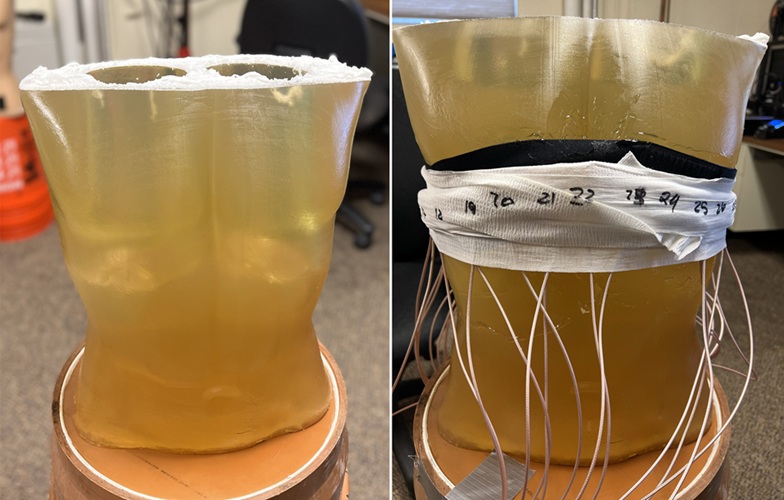
New Medical Ultrasound Imaging Technique Enables ICU Bedside Monitoring
Ultrasound computed tomography (USCT) presents a safer alternative to imaging techniques like X-ray computed tomography (commonly known as CT or “CAT” scans) because it does not produce ionizing radiation.... Read more
New Incision-Free Technique Halts Growth of Debilitating Brain Lesions
Cerebral cavernous malformations (CCMs), also known as cavernomas, are abnormal clusters of blood vessels that can grow in the brain, spinal cord, or other parts of the body. While most cases remain asymptomatic,... Read moreNuclear Medicine
view channel
New Imaging Approach Could Reduce Need for Biopsies to Monitor Prostate Cancer
Prostate cancer is the second leading cause of cancer-related death among men in the United States. However, the majority of older men diagnosed with prostate cancer have slow-growing, low-risk forms of... Read more
Novel Radiolabeled Antibody Improves Diagnosis and Treatment of Solid Tumors
Interleukin-13 receptor α-2 (IL13Rα2) is a cell surface receptor commonly found in solid tumors such as glioblastoma, melanoma, and breast cancer. It is minimally expressed in normal tissues, making it... Read moreGeneral/Advanced Imaging
view channel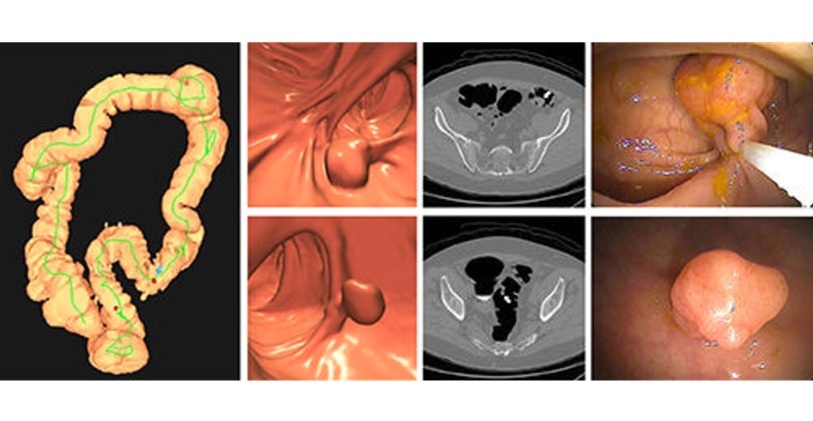
CT Colonography Beats Stool DNA Testing for Colon Cancer Screening
As colorectal cancer remains the second leading cause of cancer-related deaths worldwide, early detection through screening is vital to reduce advanced-stage treatments and associated costs.... Read more
First-Of-Its-Kind Wearable Device Offers Revolutionary Alternative to CT Scans
Currently, patients with conditions such as heart failure, pneumonia, or respiratory distress often require multiple imaging procedures that are intermittent, disruptive, and involve high levels of radiation.... Read more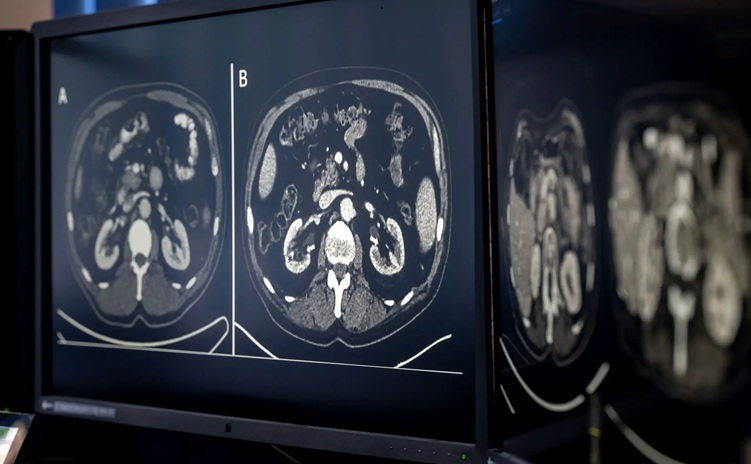
AI-Based CT Scan Analysis Predicts Early-Stage Kidney Damage Due to Cancer Treatments
Radioligand therapy, a form of targeted nuclear medicine, has recently gained attention for its potential in treating specific types of tumors. However, one of the potential side effects of this therapy... Read moreImaging IT
view channel
New Google Cloud Medical Imaging Suite Makes Imaging Healthcare Data More Accessible
Medical imaging is a critical tool used to diagnose patients, and there are billions of medical images scanned globally each year. Imaging data accounts for about 90% of all healthcare data1 and, until... Read more
Global AI in Medical Diagnostics Market to Be Driven by Demand for Image Recognition in Radiology
The global artificial intelligence (AI) in medical diagnostics market is expanding with early disease detection being one of its key applications and image recognition becoming a compelling consumer proposition... Read moreIndustry News
view channel
GE HealthCare and NVIDIA Collaboration to Reimagine Diagnostic Imaging
GE HealthCare (Chicago, IL, USA) has entered into a collaboration with NVIDIA (Santa Clara, CA, USA), expanding the existing relationship between the two companies to focus on pioneering innovation in... Read more
Patient-Specific 3D-Printed Phantoms Transform CT Imaging
New research has highlighted how anatomically precise, patient-specific 3D-printed phantoms are proving to be scalable, cost-effective, and efficient tools in the development of new CT scan algorithms... Read more
Siemens and Sectra Collaborate on Enhancing Radiology Workflows
Siemens Healthineers (Forchheim, Germany) and Sectra (Linköping, Sweden) have entered into a collaboration aimed at enhancing radiologists' diagnostic capabilities and, in turn, improving patient care... Read more












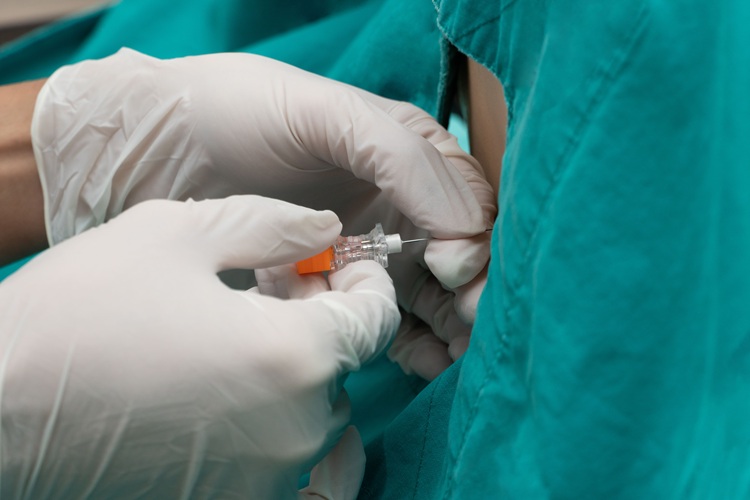
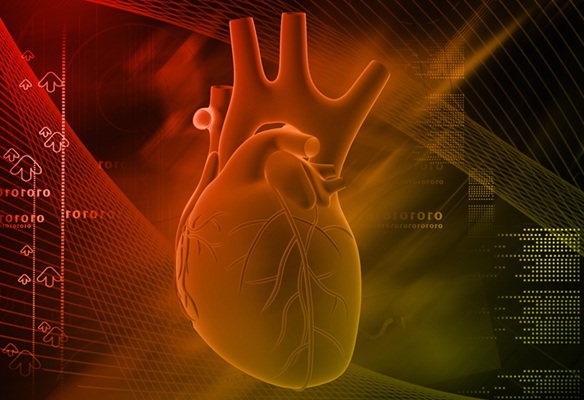
.jpeg)



